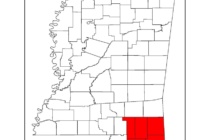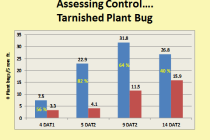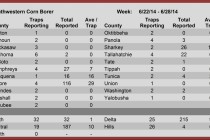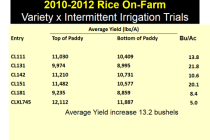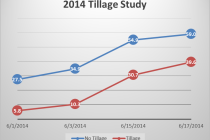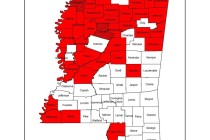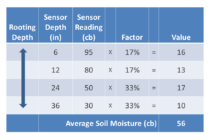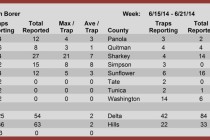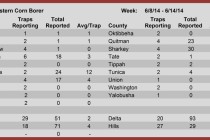Corn Disease Update: June 28, 2014
Foliar corn diseases continue to be observed throughout the MS corn crop. Common rust, gray leaf spot, northern corn leaf blight, and southern corn leaf blight are all present at low levels throughout the Delta. As of Wednesday (June 25, 2014), southern corn rust had only been observed in southeastern MS (Forrest, George, Greene, Jackson, Perry, and Stone counties).

